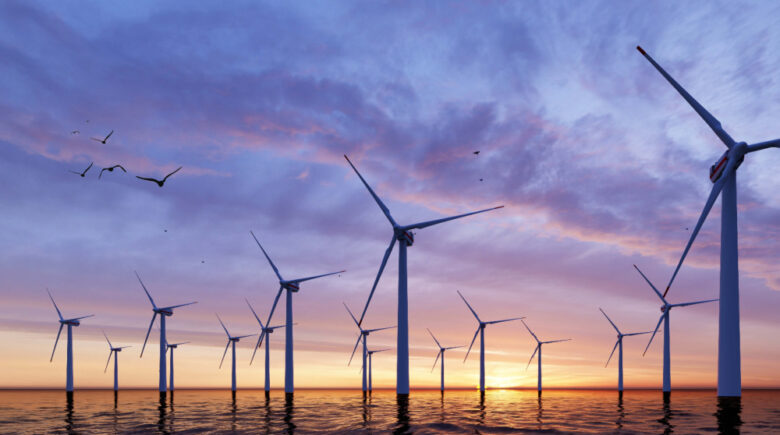Harnessing wind power to ease and enhance life has roots in ancient history. Our ancestors used the wind to propel boats and later developed the first rudimentary windmills.
Early windmills featured blades rotating around a horizontal axis, capturing power used for tasks like sawing wood, grinding grain, and pumping water. This was particularly crucial in the Netherlands, where much land lay below sea level. Windmills were instrumental in draining water from marshy areas, reclaiming land for agriculture and settlements. This legacy is why windmills are iconic symbols of the Netherlands, often depicted on postcards amid tulip fields.
For centuries, windmills served these purposes until relatively recently when they began generating electricity.
In modern times, various methods generate electricity, each with advantages and disadvantages. Common methods include burning oil, coal, or gas, which are non-renewable resources that will eventually deplete. Moreover, countries like the United States lack sufficient oil, coal, or gas to meet demand and must import these resources, leading to dependency on other nations and exposure to raw material shortages, bargaining, and price fluctuations, especially during conflicts.
Conversely, wind is abundant everywhere. If harnessed as a primary energy source, it offers a self-sufficient and renewable solution that won’t deplete over time.
Burning fossil fuels generates significant carbon emissions and greenhouse gases. Utilizing wind to generate electricity from an abundant, renewable resource without releasing carbon dioxide would greatly benefit the environment. Although some carbon is emitted during windmill production, the overall carbon footprint is far smaller than that of fossil fuels.
Today, the wind energy industry is expanding rapidly worldwide. As technology advances and wind power becomes more cost-effective and efficient, many countries are adopting it as a preferable alternative to traditional energy sources. In the United States, wind energy increasingly contributes to the total energy mix.
Modern windmills, or wind turbines, are towering structures comparable in height to the Statue of Liberty. At higher altitudes, winds are stronger and steadier, allowing turbines to generate more power per unit area. Most turbines are grouped in land-based wind farms, sometimes with up to 100 turbines.
Wind turbines typically have a horizontal axis with three blades resembling helicopter propellers. Wind moves the blades, powering a generator to produce electricity. Most turbines are upwind, facing into the wind. Sensors measure wind speed and direction, allowing controllers to adjust the turbine’s direction (yaw) and blade angle (pitch) to optimize wind capture or reduce wind flow during high winds to prevent damage.
Offshore turbines, benefiting from stronger and more consistent winds, are increasingly common. They can be fixed-bottom, anchored to the seafloor, or floating, stabilized by cables connected to seabed anchors. Floating turbines, used in waters deeper than 60 meters, capitalize on the powerful winds in deep water.
Given wind power’s intermittency, storage systems are necessary to ensure a steady electricity supply. Wind power can also complement solar power, providing a reliable energy flow when one source is less available.
Despite their benefits, wind turbines have drawbacks. They can be considered eyesores and noisy. Many people dislike their large, industrial appearance dominating the landscape, and the noise they produce can be bothersome. To mitigate noise pollution, regulations require turbines to be placed far enough from homes to ensure the noise is no louder than a refrigerator’s hum.
Emerging technologies are developing small-scale wind power solutions, including personal-use windmills for homes and portable models.
Exciting future developments include bladeless windmills, which may seem paradoxical. Without blades, iconic figures like Don Quixote would have nothing to battle. However, these advancements promise to harness wind power without large, noisy blades, propelling us toward a future of cleaner, more efficient, and cost-effective energy.



